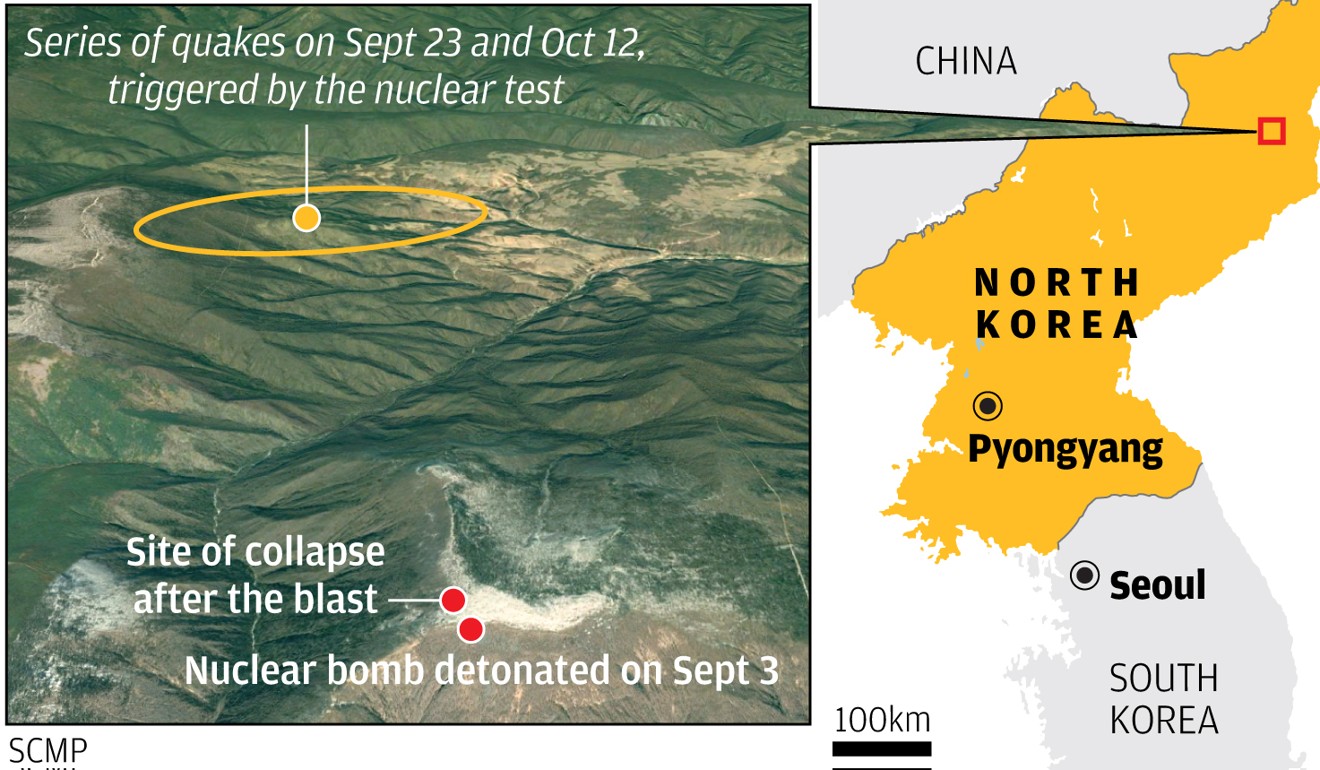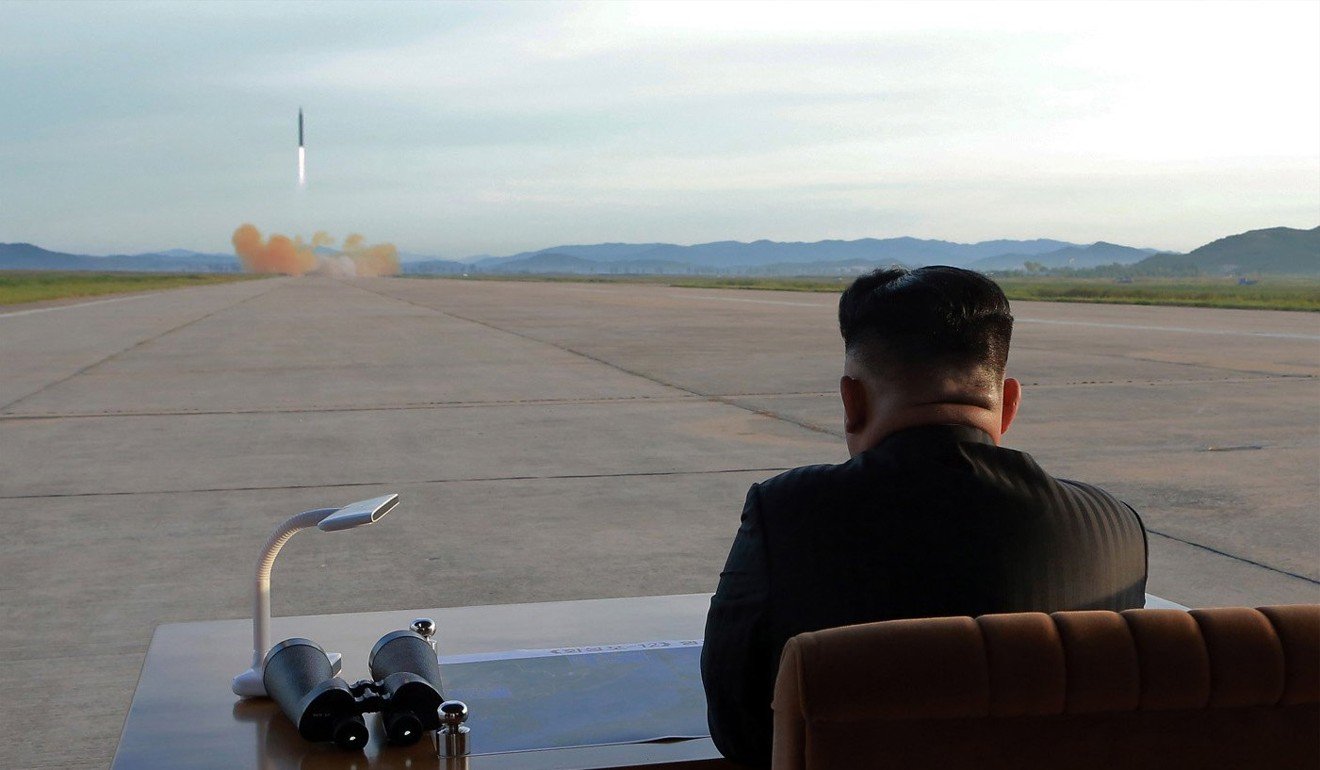Cyber is a real battlefield and yet it gets almost zero ink in the media. The reason is due in part to exposing vulnerabilities, forced ransoms and stolen data.
Just a couple of years ago: Chet Nagle, a former CIA agent and current vice president of M-CAM, penned an article in the Daily Caller, stating, “At FBI headquarters in July, the head of FBI counterintelligence, Randall Coleman, said there has been a 53% increase in the theft of American trade secrets, thefts that have cost hundreds of billions of dollars in the past year. In an FBI survey of 165 private companies, half of them said they were victims of economic espionage or theft of trade secrets — 95% of those cases involved individuals associated with the Chinese government.”
The threats all appear to have a foreign genesis and the United States does not have a real cyber policy due in part to debates over whether cyber attacks are acts of war. Can the United States fight back with her own cyber weapons? Not really, kinda, maybe.
Tracking the theft is left to the FBI, while responding is left to the U.S. Cyber Command. Army Lt. Gen. Paul Nakasone is the head of Cyber Command facing strategic threats from Russia, China, North Korea and Iran. During his confirmation hearings, Nakasone was grilled on how he would position the agencies to confront mounting Russian aggression in cyberspace, whether through attempted interference in U.S. elections or targeting the electric grid and other critical industrial systems.
Members of the White House’s National Security Council are pushing to rescind Presidential Policy Directive 20, an important policy memorandum that currently guides the approval process for government-backed cyberattacks, three current U.S. officials familiar with the matter tell CyberScoop.
The effort is driven in part by a desire from some NSC staff to create a more streamlined channel for military leaders to get their offensive cyber operations greenlit, insiders familiar with the matter said. The sources spoke under the condition of anonymity to freely discuss sensitive national security matters.
The move comes as lawmakers openly question whether U.S. Cyber Command, the nation’s premier cyber warfare unit, is hamstrung from responding to Russian meddling due to bureaucratic red tape. CyberScoop previously reported that multiple congressional committees are considering policies that could empower the military’s cyber mission.
But the push for change faces resistance from the intelligence community and several other federal agencies involved in cybersecurity.
Senior U.S. intelligence officials have expressed concerns over what rescinding the directive will mean for their own active computer spying missions. These covert operations, which are typically pursued by intelligence agencies like the CIA or NSA, could be exposed by the launch of “louder” disruptive-style attacks from the military. The presence of multiple hacking teams simultaneously targeting a single network often makes it easier for them all to be discovered by the victim.
Prior reporting by CyberScoop has shown that a long-running turf war exists between different federal agencies regarding the proper use of hacking tools in order to protect the homeland.
Even before Trump came to office though, the framework in question was considered a source of frustration inside the Pentagon.
Signed by President Barack Obama in 2012, the directive’s critics say that it was written in a confusing manner that leaves open-ended questions. In addition, critics tell CyberScoop that too many federal agencies are allowed to weigh in on proposed cyber operations, causing “even reasonable” plans to be delayed or outright rejected.
Insiders who are resistant to eliminating the directive admit that PPD-20 is flawed, but fear change because they’ve not seen a replacement plan.
“Better the devil you know, or something like that,” a former U.S. official said. “This is such a crucial decision because whatever comes next will dictate how arguments are settled inside government … you have the military on one side and the IC on the other.”
The NSC, CIA and Office of the Director of National Intelligence declined to comment. The NSA referred CyberScoop to U.S. Cyber Command, who in turn did not respond to a request for comment.
Currently, PPD-20 requires U.S. government agencies to run approvals for offensive operations through a chain of command that stretches across the federal government. The process is largely focused on controlling those operations that go beyond the confines of everyday digital espionage, or computer exploitation, to simply collect information.
According to PPD-20, if an operation is considered “of significant consequence,” it requires the direct blessing of the president in addition to the interagency group. Hacking operations that, for example, shut down a power grid or cause equipment to explode would fit into such a description. But experts say it also includes less flashy tactics like deleting data or corrupting software in a destructive manner.
“This directive pertains to cyber operations, including those that support or enable kinetic, information, or other types of operations,” PPD-20 reads. “The United States has an abiding interest in developing and maintaining use of cyberspace as an integral part of U.S. national capabilities to collect intelligence and to deter, deny, or defeat any adversary.”
After coming under scrutiny last month, outgoing NSA Director Adm. Michael Rogers told lawmakers that there’s an “ongoing policy discussion” about redrawing the regulations looming over military cyber operations. Unlike conventional military activities, the internet makes it difficult for policymakers to draw clear cut boundaries. This challenges also runs up against longstanding laws that underpin, and therefore divide, the work of soldiers and spies.
Historically, intelligence agencies — empowered by Title 50 of the U.S. Code — have led the way on U.S.-backed hacking that occur in countries like Iran or China; where armed conflict is absent. Military operations fall under the purview of Title 10 of the U.S. Code.
It’s not clear whether giving military leaders more leeway to conduct hacking operations will ultimately make those units more effective at their missions. The details surrounding these activities are always classified, which inhibits the public from having a substantive policy debate.
Ultimately, the decision to eliminate PPD-20 falls solely to the executive branch. Sources tell CyberScoop no final decision has been made.
What makes PPD-20 difficult to analyze is the fact that it remains a classified document, despite it being leaked by NSA whistleblower Edward Snowden. The classification means current officials are barred from publicly commenting on it.
Thomas Rid, a professor of strategic studies at Johns Hopkins University, said that Snowden’s PPD-20 leak was notable because it revealed the U.S. government’s thought process behind “the rise of unwanted norms caused by escalatory cyberattacks.”
“Reading between the lines, the framework acknowledges the negative effect on global cyber norms that events like Stuxnet can cause because of escalation,” said Rid.
Rid also believes the directive was “naïvely constructed,” relying too much on the idea that cyberattacks only impact other machines, and not people.
“When you look at what’s happened in 2016, and really since then, it makes the people who wrote PPD-20 seem like they don’t understand the current threat environment where Russia, and to some degree Iran, are combining active measures with cyber to change public perception,” he told CyberScoop. “Russia is basically kicking the U.S.’ ass.”








